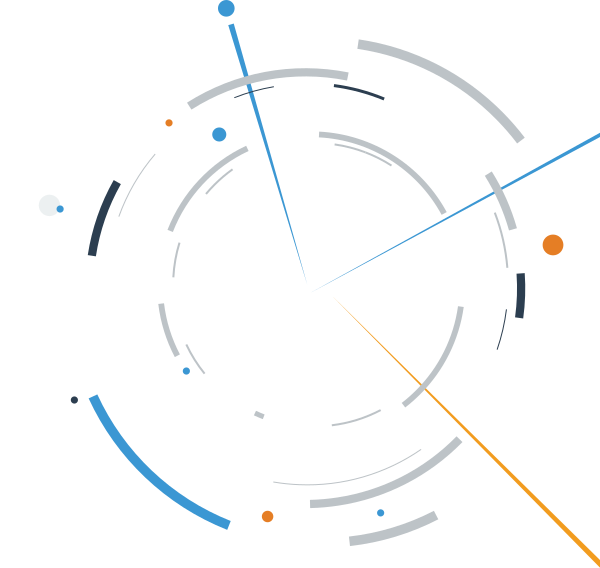
Measurement of the ttbar cross-section and ttbar/𝒁 cross-section ratio using LHC Run 3 𝒑𝒑 collision data at a centre-of-mass energy of 13.6 TeV
That's right. The first analysis of Run 3 in the whole ATLAS Collaboration!
The inclusive top quark pair ($t\bar{t}$) production cross-section $\sigma_{t\bar{t}}$ has been measured in proton–proton collisions at $\sqrt{s} = 13.6$~TeV, using 1.2fb${}^{-1}$ of data collected in August 2022 by the ATLAS experiment at the Large Hadron Collider.
Using events with an opposite-charge $e\mu$ pair and $b$-tagged jets, and assuming Standard Model decays, the cross-section is measured to be $\sigma_{t\bar{t}} =830 \pm 12\mathrm{(stat.)}\pm 27\mathrm{(syst.)}\pm 86\mathrm{(lumi.)}$~pb.
Additionally, a measurement of the ratio of the $t\bar{t}$ and the $Z$ boson production cross-section in a $Z$ fiducial phase space defined with $m_{\ell\ell} > 40$~GeV decaying into a single lepton flavour is reported, with a much reduced total uncertainty of 4.7\%, thanks to the cancellation of correlated uncertainties.
The $Z$ boson production cross-section is measured in $e^+e^-$ and $\mu^+\mu^-$ final states.
The measured cross-section is $\sigma_{Z\to\ell\ell}^{m_{\ell\ell} > 40} = 2075 \pm 2\mathrm{(stat.)}\pm 98\mathrm{(syst.)}\pm 199\mathrm{(lumi.)}$~pb.
The result for the ratio, $R_{t\bar{t}/Z} =0.400 \pm 0.006\mathrm{(stat.)}\pm 0.017\mathrm{(syst.)}\pm 0.005\mathrm{(lumi.)}$ is consistent with the Standard Model prediction using the PDF4LHC21 PDF set.

Deploying advanced computing infrastructures with ATLAS Open Data
The deployment of analysis pipelines has been tightly related and conditioned to the scientific facility’s computer infrastructure or academic institution where it is carried on. Nowadays, Software as a Service (SaaS) and Infrastructure as a Service (IaaS) have reshaped the industry of data handling, analysis, storage, and sharing. The sector of science does not escape those changes. This situation is particularly true in multinational collaborations, where distributed resources allow researchers to deploy data analysis in diverse computational ecosystems. This project explores how the current multi-cloud (e.g., SaaS + IaaS) approach can be adapted to modest scenarios where analysis pipelines can be deployed using Virtual Machines and Containers containing analysis tools and protocols. This approach aims to replicate sophisticated computer facilities in places with fewer resources like small universities, start-ups, and even individuals who want to learn and contribute to this and other sciences and its replicability. It is desired to explore the development of multi-cloud-compatible tools in physics analysis and operations monitoring using ATLAS experimental and simulated data, adding the Big Data component that the High Energy Physics field has by nature.
Regression Deep Neural Networks for
top-quark-pair resonance searches in the dilepton channel
Several BSM theories predict the existence of new massive particles decaying to pairs of top quarks $t\bar{t}$. In this work, I reconstruct the key observable for such resonance searches, the top-pair system invariant mass $m_{t\bar{t}}$, by training a deep neural network on a sample of simulated SM $t\bar{t}$. Then I perform a regression task on both SM $t\bar{t}$ events and $Z'$ signal events, using $m_{t\bar{t}}$ as output parameter. The comparison between this machine-learning approach and more traditional system reconstruction techniques, highlights a tangible improvement in the ability to correctly reconstruct and resolve a TeV-scale $t\bar{t}$ resonance peak.

© Giovanni Guerrieri – 2021
Privacy Policy
